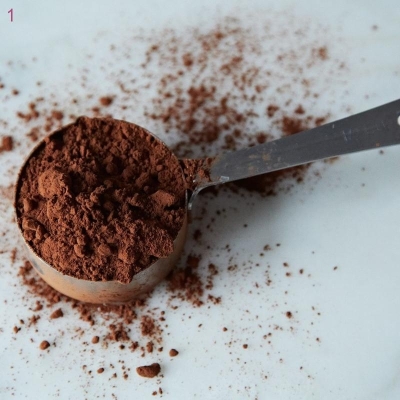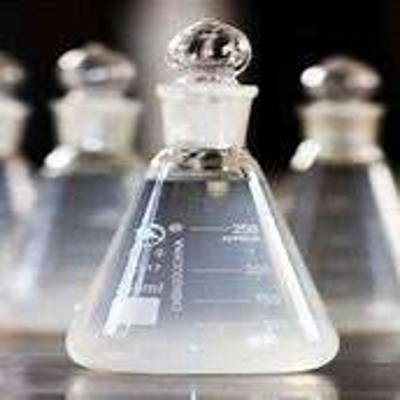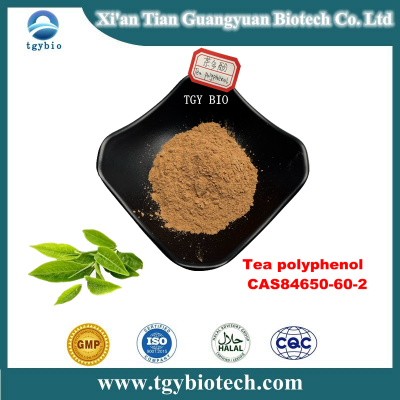-
Categories
-
Pharmaceutical Intermediates
-
Active Pharmaceutical Ingredients
-
Food Additives
- Industrial Coatings
- Agrochemicals
- Dyes and Pigments
- Surfactant
- Flavors and Fragrances
- Chemical Reagents
- Catalyst and Auxiliary
- Natural Products
- Inorganic Chemistry
-
Organic Chemistry
-
Biochemical Engineering
- Analytical Chemistry
-
Cosmetic Ingredient
- Water Treatment Chemical
-
Pharmaceutical Intermediates
Promotion
ECHEMI Mall
Wholesale
Weekly Price
Exhibition
News
-
Trade Service
Many wine lovers may have the experience that the newly opened wine has solid deposits, which may accumulate on the bottom or side of the bottle, may also be attached to the bottom of the wine cork, or may appear in the glass
Tartaric acid crystals The acid that people taste in wine actually comes from components such as malic acid, citric acid and tartaric acid in wine grapes
Tartaric acid crystals can be attached to the bottom of the cork in a granular form, as well as on the bottom and shoulders of the bottle
Wine lees / lees Wine lees, or lees, is a product of the winemaking process
The aging of wines with substances such as phenolic compounds is a dynamic process
The above are the most common types of precipitation in wine.
I understand the reason, but I still feel that these "harmless" deposits are very annoying.
(Source: Wine World)
"China Food News" (May 10, 2021 07 edition)
(Editor-in-charge: Gu Yufei)







